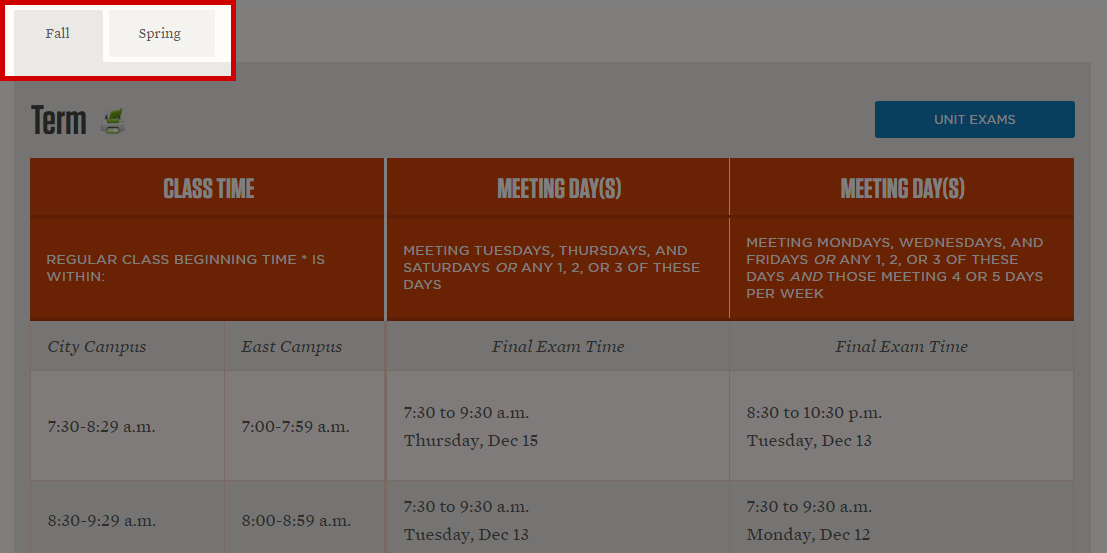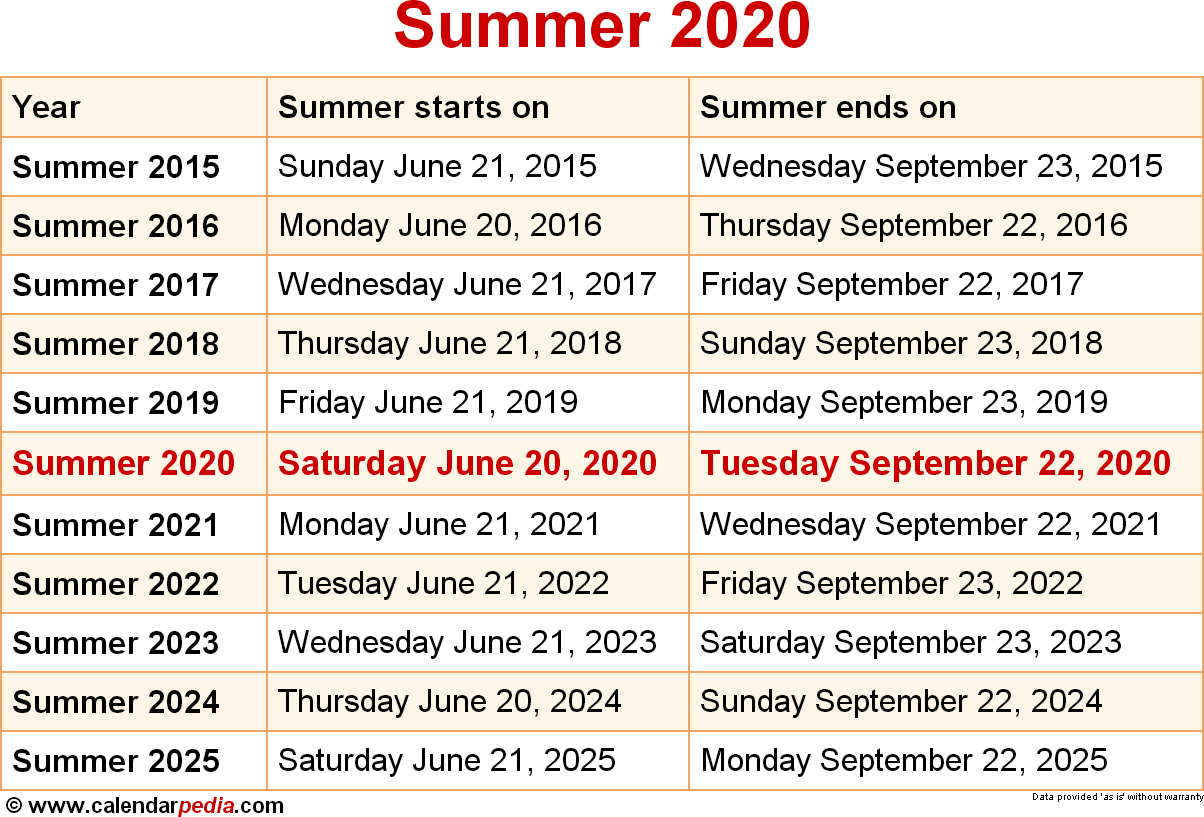
What are the holidays in 2021 at UNM?
Martin Luther King January 18 Memorial Day May 31 Independence Day (Observed) July 5 Labor Day September 6 Thanksgiving Break November 25-26 Winter Break December 23, 2021 - January 3, 2022 UNM 2022 Holiday Schedule The UNM Holiday Schedule is approved and posted in April of each year for the following year.
What is the UNM catalog?
Courses, degree programs, academic regulations and policies that govern progress towards completion of a degree are described in the Catalog. The student must be familiar with University regulations and assume responsibility for compliance. The UNM Catalog is produced by The University of New Mexico Office of the Registrar.
What is the University of New Mexico's policy on course changes?
Disclaimer: The University of New Mexico reserves the right to make changes in the course offerings, degree requirements, charges, regulations, and procedures contained herein as educational and financial considerations require, subject to and consistent with established procedures and authorizations for making such changes.
What are the requirements to get a UNM certificate?
ENGL 1110X or equivalent or ACCUPLACER Next-Generation Sentence Skills ≥ 289 or ACT English ≥ 17 or SAT Verbal ≥ 480; MATH 012 or ACCUPLACER Next Generation Arithmetic ≥ 244 or ACT Math ≥14 or SAT Math ≥ 440. A UNM Certificate is awarded upon successful completion of this course.

How do I check my UNM schedule?
How do I view my schedule?Go to the my.unm.edu.Log-in using your UNM Net ID and Password.Select, the Student Life Tab.Click on LoboWeb.Click on Registration & Records.Select an option in the Student Schedule section.Select a Term.Click Submit.
How long is UNM winter break?
For more information regarding UNM Holidays, please see Policy 3405....UNM 2021 Holiday Schedule.Martin Luther KingJanuary 18Labor DaySeptember 6Thanksgiving BreakNovember 25-26Winter BreakDecember 23, 2021 - January 3, 20222 more rows
Does UNM have summer classes?
Registration for classes at The University of New Mexico 2022 Summer/Fall semesters begins on April 11. The Schedule of Classes is available for online viewing.
How large is the University of New Mexico?
University of New Mexico is a public institution that was founded in 1889. It has a total undergraduate enrollment of 15,336 (fall 2021), its setting is urban, and the campus size is 769 acres. It utilizes a semester-based academic calendar.
Does UNM observe MLK Day?
The following holidays are observed by the University: Martin Luther King Day. Memorial Day. Independence Day.
What is LOBO Trax?
LOBO Trax will show you how that credit has been applied to your chosen degree, course requirements that have been fulfilled, and any additional courses and requirements you must complete to earn your degree at UNM.
How much is tuition at the University of New Mexico?
In-state tuition 7,905 USD, Out-of-state tuition 25,243 USD (2020 – 21)The University of New Mexico / Undergraduate tuition and fees
How many students are at UNM?
27,353 (2015)The University of New Mexico / Total enrollment
What is University of New Mexico known for?
UNM is known worldwide for the breadth and quality of its academic, research, health care, cultural, continuing education, and athletics programs. The University of New Mexico occupies nearly 800 acres near old Route 66 in the heart of Albuquerque, a metropolitan area of more than 500,000 people.
What is New Mexico known for?
New Mexico is known for its stunning landscapes and diverse array of attractions. From its beautiful caves and blue corn pancakes to the first atomic bomb test site and famous chili peppers, there's something for everyone in this unique state.
Why did the University of Albuquerque close?
Faced with mounting debts and the prospect of increased competition after the Technical Vocational Institute was authorized to offer two-year degrees, the university announced its closing at the end of the 1986 spring semester.
Do UNM employees get free tuition?
Tuition Remission is a voluntary benefit offered to University employees. Visit Benefits and review UAP 3700 ("Education Benefits") for complete information. The Tuition Remission form is available on the Benefits page.
Is UNM enrollment down?
Enrollment numbers increased at The University of New Mexico for Fall 2022. Total enrollment at UNM stands at 21,982 students, an increase of 1.6 percent compared with last year. This is the first increase in total enrollment since 2012, reversing several years of declines.
What is the primary objective of the course "Meets New Mexico"?
The primary objective of this course is to serve as an introduction to the history of the United States from reconstruction to the present. The elements of this course are designed to inform students on the major events and trends that are essential in the understanding of the development of the United States within the context of world societies. Meets New Mexico General Education Curriculum Area 5: Humanities.
What is the New Mexico General Education Curriculum Area 4?
Additionally, students will learn fundamental skills in teamwork, storytelling, and design. Meets New Mexico General Education Curriculum Area 4: Social and Behavioral Sciences.
What is macroeconomics in New Mexico?
Macroeconomics is the study of national and global economies. Topics include output, unemployment and inflation; and how they are affected by financial systems, fiscal and monetary policies. Prerequisite for most upper-division courses. Meets New Mexico General Education Curriculum Area 4: Social and Behavioral Sciences.
How long is the EMS course?
This 72-hour course is designed specifically for personnel who are first at the scene of an accident or emergency. This course offers a foundation for entry-level and advanced EMS courses.
What is the 1110L course?
This course is an introduction to our dynamic Earth, introducing students to the materials that make up Earth (rocks and minerals) and the processes that create and modify the features of our planet. The course will help students learn how mountains are formed, how volcanoes erupt, where earthquakes occur, and how water, wind, and ice can shape the landscape. Students will also develop a basic understanding of the ways humans have altered the planet including our impact on natural resources and global climate change. Students are encouraged but not required to enroll concurrently in 1110L. Meets New Mexico General Education Curriculum Area 3: Physical and Natural Sciences.
How to get a Class A CDL in New Mexico?
Upon completion students should acquire their Class A CDL Permit by successfully passing their General Knowledge exam, Air Brakes exam, Combinations exam, as administered by the State of New Mexico.
What is the astronomy course?
This course surveys observations, theories, and methods of modern astronomy. The course is predominantly for non-science majors, aiming to provide a conceptual understanding of the universe and the basic physics that governs it. Due to the broad coverage of this course, the specific topics and concepts treated may vary. Commonly presented subjects include the general movements of the sky and history of astronomy, followed by an introduction to basic physics concepts like Newton's and Kepler's laws of motion. The course may also provide modern details and facts about celestial bodies in our solar system, as well as differentiation between them: Terrestrial and Jovian planets, exoplanets, the practical meaning of "dwarf planets", asteroids, comets, and Kuiper Belt and Trans-Neptunian Objects. Beyond this we may study stars and galaxies, star clusters, nebulae, black holes, clusters of galaxies and dark matter. Finally, we may study cosmology, the structure and history of the universe. Meets New Mexico General Education Curriculum Area 3: Physical and Natural Sciences.
What is the New Mexico General Education Curriculum Area 7?
This course explores the ideas of music in society and its cultural relevance and is designed to increase the students’ appreciation of music as well as to enhance their listening skills. Students are introduced to various periods, styles, and composers of music and become acquainted with knowledge and appreciation of Western music from various cultures and times. Meets New Mexico General Education Curriculum Area 7: Arts and Design.
What is macroeconomics in New Mexico?
Macroeconomics is the study of national and global economies. Topics include output, unemployment and inflation; and how they are affected by financial systems, fiscal and monetary policies. Prerequisite for most upper-division courses. Meets New Mexico General Education Curriculum Area 4: Social and Behavioral Sciences.
What is the astronomy course?
This course surveys observations, theories, and methods of modern astronomy. The course is predominantly for non-science majors, aiming to provide a conceptual understanding of the universe and the basic physics that governs it. Due to the broad coverage of this course, the specific topics and concepts treated may vary. Commonly presented subjects include the general movements of the sky and history of astronomy, followed by an introduction to basic physics concepts like Newton's and Kepler's laws of motion. The course may also provide modern details and facts about celestial bodies in our solar system, as well as differentiation between them: Terrestrial and Jovian planets, exoplanets, the practical meaning of "dwarf planets", asteroids, comets, and Kuiper Belt and Trans-Neptunian Objects. Beyond this we may study stars and galaxies, star clusters, nebulae, black holes, clusters of galaxies and dark matter. Finally, we may study cosmology, the structure and history of the universe. Meets New Mexico General Education Curriculum Area 3: Physical and Natural Sciences.
What is the prerequisite for computer science?
Course cannot apply to major or minor in Computer Science. Prerequisite: MATH 1215 or (MATH 12 15X and MATH 12 15Y and MATH 1215Z) or MATH 1220 or MATH 1230 or MATH 1240 or MATH 1430 or MATH 1440 or MATH 1512 or MATH 1522.
What is the University of New Mexico catalog?
The University of New Mexico Catalog is the University’s primary and comprehensive single source of departmental, college and university-wide information related to academic programs. Courses, degree programs, academic regulations and policies that govern progress towards completion of a degree are described in the Catalog.
Who produces UNM catalogs?
The UNM Catalog is produced by The University of New Mexico Office of the Registrar. Access to prior editions of the Catalog is available at the Office of the Registrar Web site.
What is macroeconomics in New Mexico?
Macroeconomics is the study of national and global economies. Topics include output, unemployment and inflation; and how they are affected by financial systems, fiscal and monetary policies. Prerequisite for most upper-division courses. Meets New Mexico General Education Curriculum Area 4: Social and Behavioral Sciences.
What is a class schedule?
Class Schedule. An introduction to financial accounting concepts emphasizing the analysis of business transactions in accordance with generally accepted accounting principles (GAAP), the effect of these transactions on the financial statements , financial analysis , and the interrelationships of the financial statements.
What is the first semester of composition?
First semester of Composition I stretch sequence. Focuses on analyzing rhetorical situations and responding with appropriate genres and technologies. (EPW) This is the the first course in a two-part sequence. In order to receive transfer credit for ENGL 1110, all courses in this sequence (ENGL 1110X, ENGL 1110Y) must be taken and passed. Credit for both this course and ENGL 1110 may not be applied toward a degree program. Students with ACT English <16 or SAT Evidence-Based Reading and Writing <450 or Next Generation ACCUPLACER Writing <279 will begin their English Composition Sequence with ENGL 1110X. Restriction: permission of department.
What is the prerequisite for computer science?
Course cannot apply to major or minor in Computer Science. Prerequisite: MATH 1215 or (MATH 12 15X and MATH 12 15Y and MATH 1215Z) or MATH 1220 or MATH 1230 or MATH 1240 or MATH 1430 or MATH 1440 or MATH 1512 or MATH 1522.
What is the 1110L course?
This course is an introduction to our dynamic Earth, introducing students to the materials that make up Earth (rocks and minerals) and the processes that create and modify the features of our planet. The course will help students learn how mountains are formed, how volcanoes erupt, where earthquakes occur, and how water, wind, and ice can shape the landscape. Students will also develop a basic understanding of the ways humans have altered the planet including our impact on natural resources and global climate change. Students are encouraged but not required to enroll concurrently in 1110L. Meets New Mexico General Education Curriculum Area 3: Physical and Natural Sciences.
What is the astronomy course?
This course surveys observations, theories, and methods of modern astronomy. The course is predominantly for non-science majors, aiming to provide a conceptual understanding of the universe and the basic physics that governs it. Due to the broad coverage of this course, the specific topics and concepts treated may vary. Commonly presented subjects include the general movements of the sky and history of astronomy, followed by an introduction to basic physics concepts like Newton's and Kepler's laws of motion. The course may also provide modern details and facts about celestial bodies in our solar system, as well as differentiation between them: Terrestrial and Jovian planets, exoplanets, the practical meaning of "dwarf planets", asteroids, comets, and Kuiper Belt and Trans-Neptunian Objects. Beyond this we may study stars and galaxies, star clusters, nebulae, black holes, clusters of galaxies and dark matter. Finally, we may study cosmology, the structure and history of the universe. Meets New Mexico General Education Curriculum Area 3: Physical and Natural Sciences.
What is ceramics course?
This course introduces the technical processes and conceptual concerns of working with ceramic material. Various methods of forming functional and expressive works out of clay are explored. Methods used include handbuilding and throwing, basic clay bodies, slip and glaze, and atmospheric firing.
